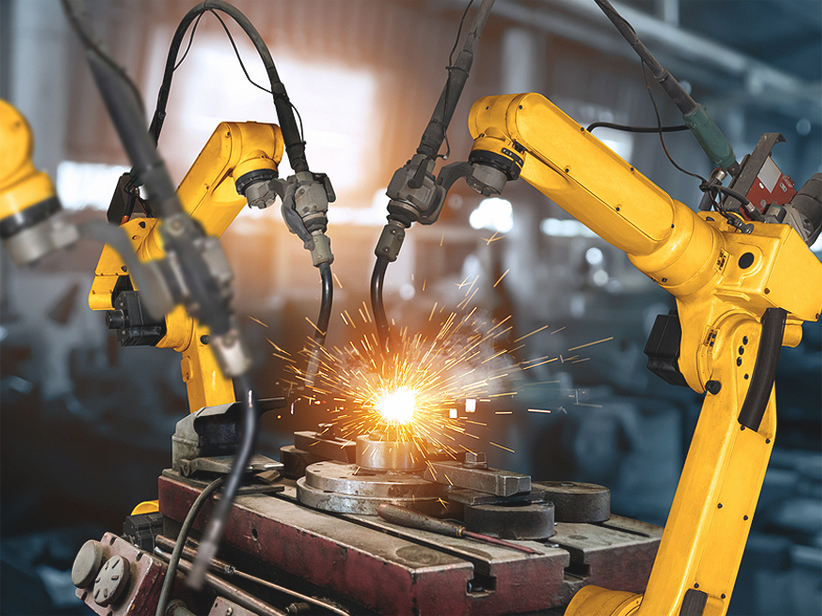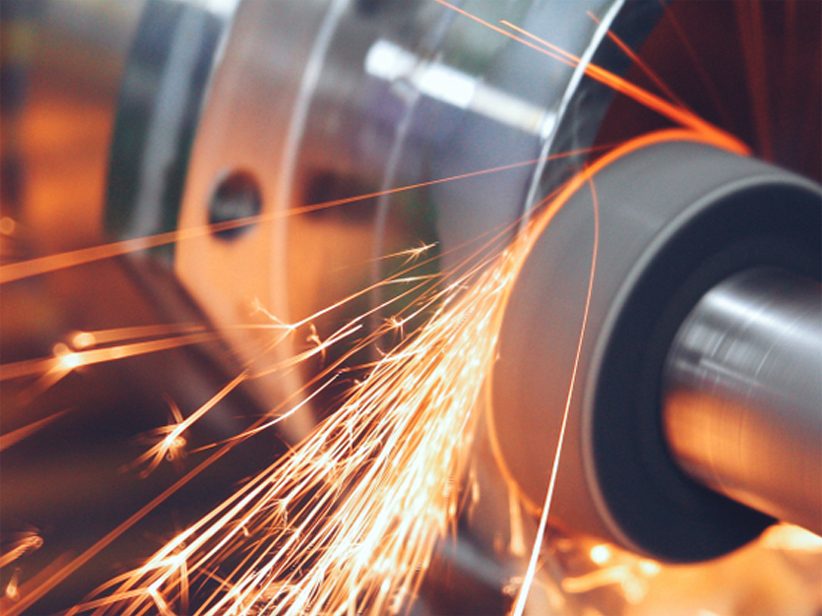SS 202 vs. SS 304: Which Stainless Steel Should You Choose?
The austenitic class of stainless steel includes both grade 304 and grade 202. This indicates that both stainless steel alloys have a face-centred cubic microstructure. Because grade 304 is an alloy that is categorised under the 300 series of stainless steel, it mainly derives its austenitic structure from the increased nickel concentration that has been added to the alloy. However, grade 202 is a kind of stainless steel that is part of the 200 series. The elements manganese and nitrogen are frequently used in the chemistry of stainless steel grades in the 200 series as a successful replacement for nickel. Having said that, it's intriguing to see that their alloys still include a tiny amount of nickel.
How are SS 304 and SS 202 Identified?
Obtaining an MTR, or certified material test report, from the manufacturer is the most effective method of differentiating between two steel grades. Therefore, it is feasible to acquire a full report on the mechanical and physical properties of each stainless steel alloy in addition to a more easy interpretation of its chemical composition. To determine the difference, a quick test may be conducted on the market. Even if it was inconclusive, a spark test may divide the two grades. Sparks for grade 304 do not fly when a grinder is passed over the alloy; instead, they look thin and reddish-orange in colour. The grade 202 grinder test produces thicker, more widely dispersed yellow sparks. All producers identify their products by marking the ASTM number, such as ASTM A312 TP304 or ASTM A312 TP316L, on them.
SS 304 and SS 202 Use and Application:
Equipment used in food processing, particularly in the fields of winemaking, beer brewing, and milk processing, is made of grade 304 stainless steel. It is also utilised for equipment, appliances, troughs, sinks, and kitchen benches.
Additionally, due to the strength and extreme ductility of this alloy grade, it is used in woven or welded screens for water filtration, mining, heat exchangers, quarrying, and architectural panelling, railings, and trim; chemical containers, including for transportation; and threaded fasteners. However, grade 202 is helpful for a variety of items, including trailers, automobile trim, railway bogeys, restaurant equipment, kitchen sinks, and cooking appliances. It is also suitable for architectural treatments, such as windows and doors.
SS 304 and SS 202 Weldability:
Like with several austenitic alloys, grade 202 may be welded using standard fusion methods. The alloy also allows for the use of resistance welding techniques. However, the oxyacetylene welding process is not appropriate for joining this specific grade. However, intergranular corrosion is more likely because of the increased carbon concentration. Grade 304, which contains more carbon, experiences a comparable problem. However, this may be readily adjusted by reducing the carbon concentration of grade 304. Even though the grade would change to 304L, a dual certification is still achievable.
As a result, the updated grade is now 304/304L, which may be welded using any conventional technique. A gas tungsten arc (TIG) welding process called straight argon is employed by Indian manufacturers of SS 304 welded pipes.
The Cost Disparity Between Stainless Steel Grades 304 and 202
Any stainless steel alloy's price is determined by the components that make up its chemical composition. The alloy of stainless steel 304 has between 8% and around 10.5% more nickel than grade 202, which is nearly twice as much. Because nickel is a traded commodity, its price fluctuates. The addition of this element raises the overall cost of manufacture of alloys significantly because of the frequent fluctuations in these costs. For this reason, producing austenitic stainless steel alloy 304 costs more than producing grade 202.
Which is Better for a Kitchen, SS 202 or SS 304?
While grade 202 has a lesser corrosion resistance, it is nevertheless a very cost-effective alloy. For everyday kitchen appliances, cutlery, and even sinks, grade 202 stainless steel is preferable. Conversely, large-scale industrial equipment, particularly in sectors like winemaking, beer brewing, and milk processing, may employ grade 304 stainless steel for their varied equipment. Purchase directly from Venus Wires, 202 stainless steel material manufacturers & suppliers in India for the best bargain.







